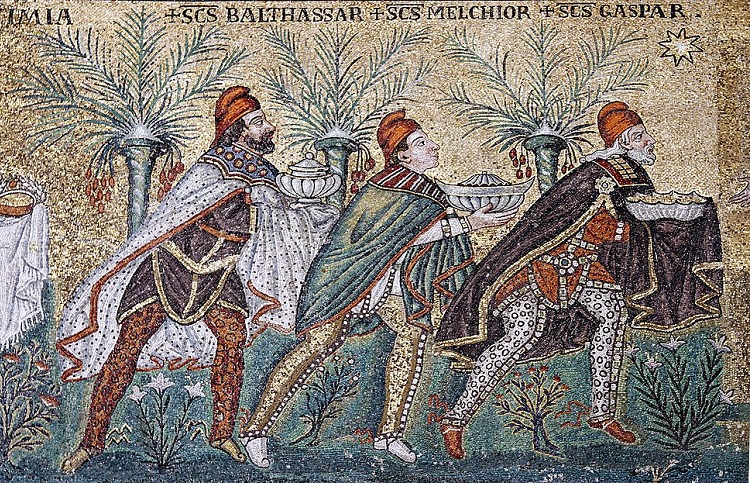Eduardo González
In the early seventies, the Portuguese Embassy in Madrid and the Portuguese Consulate in Tenerife woke up with the unsuspected news that Marcelo Caetano, Prime Minister of Portugal between 1968 and 1974, had shown up unannounced at Los Rodeos airport. The events took place on December 28, Holy Innocent’s Day.
The “super news” was published, in style, in the Santa Cruz de Tenerife newspaper El Día. To make it more credible, the head of the newspaper’s graphic section recovered some previously published photographs to make a clever photomontage in which Marcelo Caetano – Portugal’s last prime minister before the Carnation Revolution that put an end to the Salazarist dictatorship – appeared descending the steps of an airplane.
“That was several years ago, and the exact date does not come to my memory nor does it give me time to consult the archive,” recalled in an article the late Francisco Ayala, editor of the newspaper in 1978. As expected, Caetano’s unexpected arrival upset the diplomatic and consular authorities of the “New State” of Portugal (the official name of the dictatorial regime that ruled Portugal for almost half a century), who took the news very seriously but overlooked the date of its publication: December 28.
In fact, that montage was part of the custom, much more deeply rooted then than now, of publishing false news in newspapers on the occasion of Holy Innocent’s Day. As a rule, most of the innocents’ press releases have avoided the most thorny issues, but there has been everything: from the usual impossible signings (Leo Messi for Real Madrid or Cristiano Ronaldo for Barcelona), to carefully invented accidents (the sinking of the Viaduct in Madrid, with its corresponding photomontage, was the first Holy Innocent’s Day joke in the history of ABC, published in 1905, only two years after the newspaper appeared), to other more or less ingenious or topical “news”, such as the repetition of the 12-1 defeat of Malta in 1983 or the Government’s decision to ban bold letters to save ink.
However, El Día of Tenerife decided that year to aim higher, and the immediate consequences were predictable. After the publication of the “news”, said Ayala, the Portuguese consul contacted the editorial office to say that he had been called by the Portuguese Embassy in Madrid “asking him to account for not having communicated the news of the President’s arrival in the Canary Islands”, and that he was “worried about the consequences”.
“The local authorities and, what is worse, the Portuguese consul in Tenerife, went on the move to greet the illustrious guest,” the newspaper’s editor continued. In addition, a journalist of the editorial staff “who was also a correspondent of a national news agency” came to give the news for this same agency including a chronicle, “also invented”, of the president’s stay in Puerto de la Cruz and in other places of the island. The curious thing about the case is that the journalist was not in the newsroom at the time of the plot, so when he spread his chronicle he was convinced that the news was true.
“And that’s where it ended for the moment, because, apparently, they kept asking for explanations from the consul, who, logically, was not amused by the prank, but it is assumed that he explained in detail what happened to the ambassador and the Portuguese Ministry of Foreign Affairs, which showed that they did not understand the joke, which, presumably, they would describe as a bad joke,” Ayala concluded.
Another particularly notorious prank related to diplomacy was published by ABC on December 28, 1979. In the midst of the oil crisis, the Madrid newspaper could think of nothing better than to “report” that OPEC had decided to reduce the price of crude oil exported to Spain from 24 dollars a barrel (the actual price in July 1973) to only 1.62 dollars. As a consequence of this news, as ABC itself reported the following day, “the Saudi Arabian Embassy in Madrid contacted the newsroom to inquire about the fact and they were urgently awaiting a telex from their Government confirming the reduction”.
The feast of the Holy Innocents
The feast of the Holy Innocents commemorates the slaughter ordered by King Herod against all children under two years of age after the Magi announced to him that the future King of the Jews had been born, as told in the Gospel of St. Matthew.
Over the centuries, the Christian holiday picked up elements from other more pagan celebrations, such as the Saturnalias or the abundant Fools’ Days that were celebrated everywhere, and became the day par excellence for pranks in countries with a strong Catholic tradition, such as Spain and Latin American nations. Elsewhere, such as in France and the Anglo-Saxon world, April Fools’ Day is celebrated on April 1. Apart from the prank items sold at the street markets in Madrid’s Plaza Mayor, the quintessential prank in Spain has always been the placing of a white paper monkey on the back of the “victims”, to the point of becoming the iconic image of Holy Innocent’s Day.







